Australia plans to have renewable energy completely sustain its electrical grid at certain parts of the day within the next four years.
The Australian Energy Market Operator (AEMO) has released a report signalling that a surge in rooftop solar will drive up renewable energy generation across the National Electricity Market (NEM).
A forecasted 8.9 gigawatts (GW) of commercial and residential solar will be installed across the NEM by 2025, adding to Australia’s existing 50 GW energy fleet.
AEMO outlined that this alone could supply up to 77 percent of total electricity demand at points throughout the day, potentially reaching 100 percent renewable generation when combined with planned and existing utility-scale solar and wind farms.
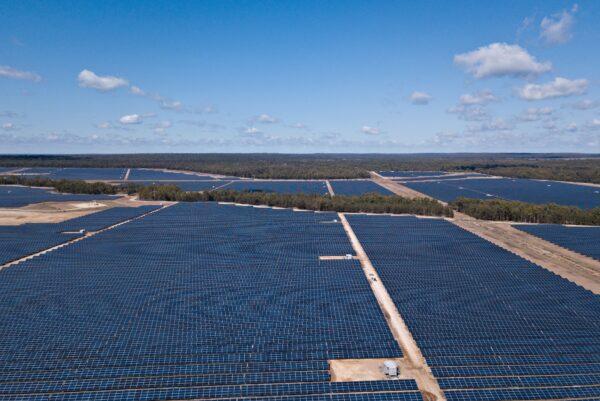
“This underscores AEMO’s priority to develop grids that are capable of running at up to 100 percent instantaneous renewable penetration by 2025 to deliver reliable and affordable energy to consumers.”
But the rapid onset of decentralised, distributed energy systems has introduced vulnerabilities to Australia’s electrical grid, AEMO noted.
In particular, Australia’s Energy Security Board (ESB) warned last month that significant technical challenges had to be addressed to ensure a safe and calculated transition to renewable resources.
One of these key factors was the lack of transparency between energy retailers and distributed energy resources (DERs)—households and businesses with rooftop solar or batteries.
Stefan Jarnason, CEO of solar monitoring software and hardware provider Solar Analytics, said that reports by ESB and AEMO have repeatedly illustrated the need for a mechanism to manage DERs better.
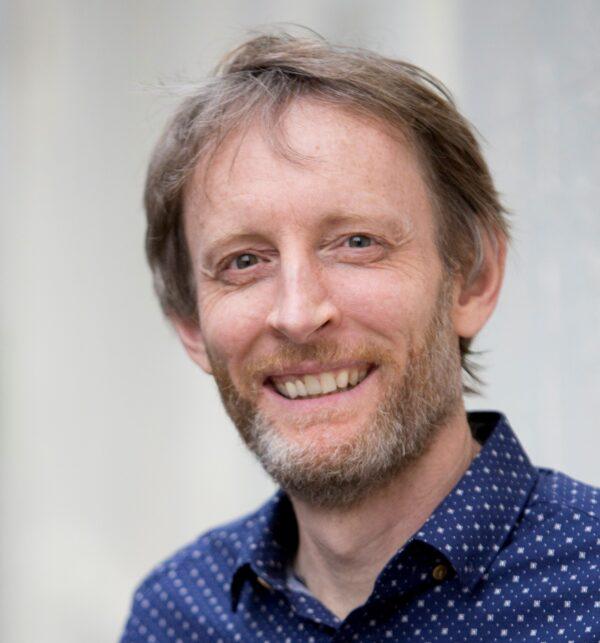
“The number one issue right now is that there is near zero visibility of how DER acts on the grid,” Jarnason told The Epoch Times in an email.
DERs currently output into the grid when available by default, and have little interaction with grid operators. On an occasion like a sunny day, however, the AEMO has in some instances been forced to intervene and curtail the generation altogether.
The problem of inadequate measures to handle growing solar has heightened over the years, with 321 manual interventions required from AEMO last year alone, contrasting with the 6 interventions made in 2016.
Jarnason explained that Australia had not worked to implement the vital mechanism, despite industry accepted guides already existing.
“DER is growing rapidly and will this decade be the largest generation source in the grid,” Jarnason said. “And yet, no authority anywhere has taken the industry agreed step to actually delivering on the pressing issue.”
“So DER will continue to grow, and we will sadly face a rocky period of higher than necessary prices due to a disorderly transition,” Jarnason said.
On top of DER management, concerns have been mounting over the ability to provide sufficient, “flexible” power at all points in the day, particularly as ageing and failure-prone coal-fired power stations retire.
Flexible generation, such as battery, hydro, and gas, can fire up and output at short notice to make up for periods when solar falls, such as a cloudy day or during the night.
The mechanism would require a form of “insurance” by paying dispatchable generators to be available during periods where energy supply is at risk.
However, the AEMO has reassured that Australia’s energy supply is safe for the next five years, bolstered by new solar, wind, gas, battery, and hydro projects.
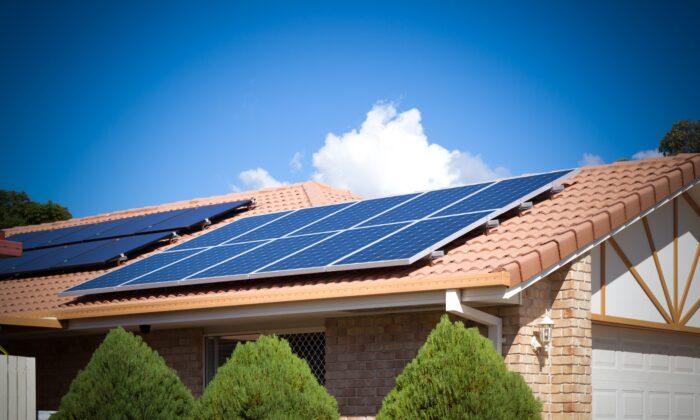

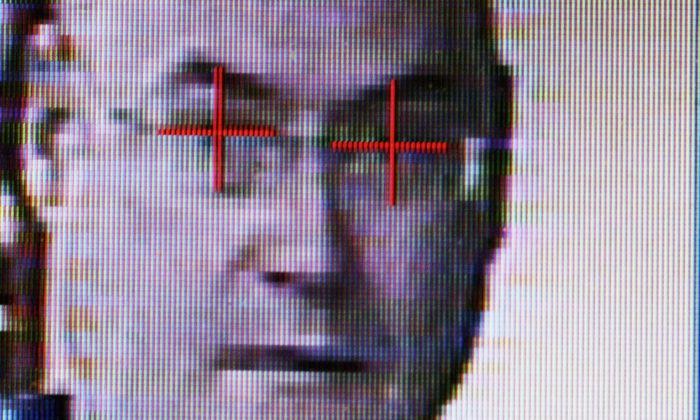

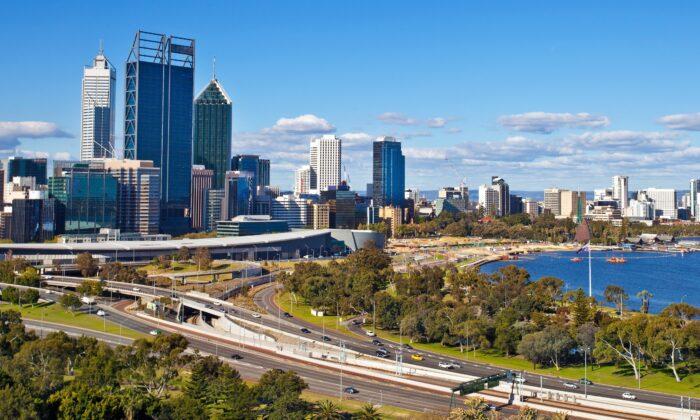

Friends Read Free